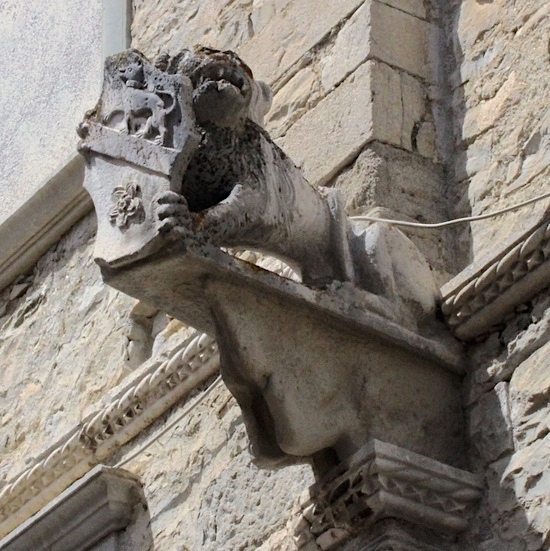Strolling through the streets of Agnone, a small town in the province of Isernia, it is a surprise to notice numerous Venetian architectural elements on the facades of the oldest buildings in the centre. Rampant stone lions, mullioned windows, decorated architraves, sculpted coats of arm and the mother church of San Marco will guide you to discover the history of Agnone!
These elements can be found especially in the Ripa district, the upper part and historic center of the town. How can a place in the hinterland of Molise reserve such surprises? The contaminations date back to the work of Venetian artisans, mainly dedicated to goldsmithing, who moved to Agnone in 1139 following Landolfo Borrello, Count of Pietrabbondante and captain of fortune for Venice.
The mountain village was part of the fiefdom owned by the noble Venetian family and soon it bowed to the habits of Venetian workers who lived there; the modern houses still preserve the characteristic shape of the entrances to the Venetian shops (the one in Via Garibaldi is well preserved), finely decorated architraves emerge from the stone coverings and small emblems can be seen engraved on the doors. You can distinguish traces of the removal of some of these coats of arms, precious evidence of attempt to subvert the feudal domain.
The most emblematic elements are the numerous sculpted rampant lions, especially those of Palazzo Apollonio and Palazzo Nuonno. On the front of the latter, in addition to the clear Munitolo family emblem, owner of the building in the thirteenth century, there is a Venetian double lancet window, curiously walled up because of macabre legends about the place handed down for centuries in the village.
We will not be surprised to know that the mother church of Agnone is that of San Marco Evangelista, built at the behest of Borrellos in the Romanesque age together with the whole district that hosts it and consecrated to the patron saint of the ‘Serenissima’. Unfortunately, only the white stone portal, decorated in the lunette with the sculpted lion of St. Mark, is original.
Get lost in the narrow streets in search of the traces of Venice!
Silvia Di Menna
Sculpted rampant lion, Venetian style, Agnone, upper Molise (photo: G. Lembo).

